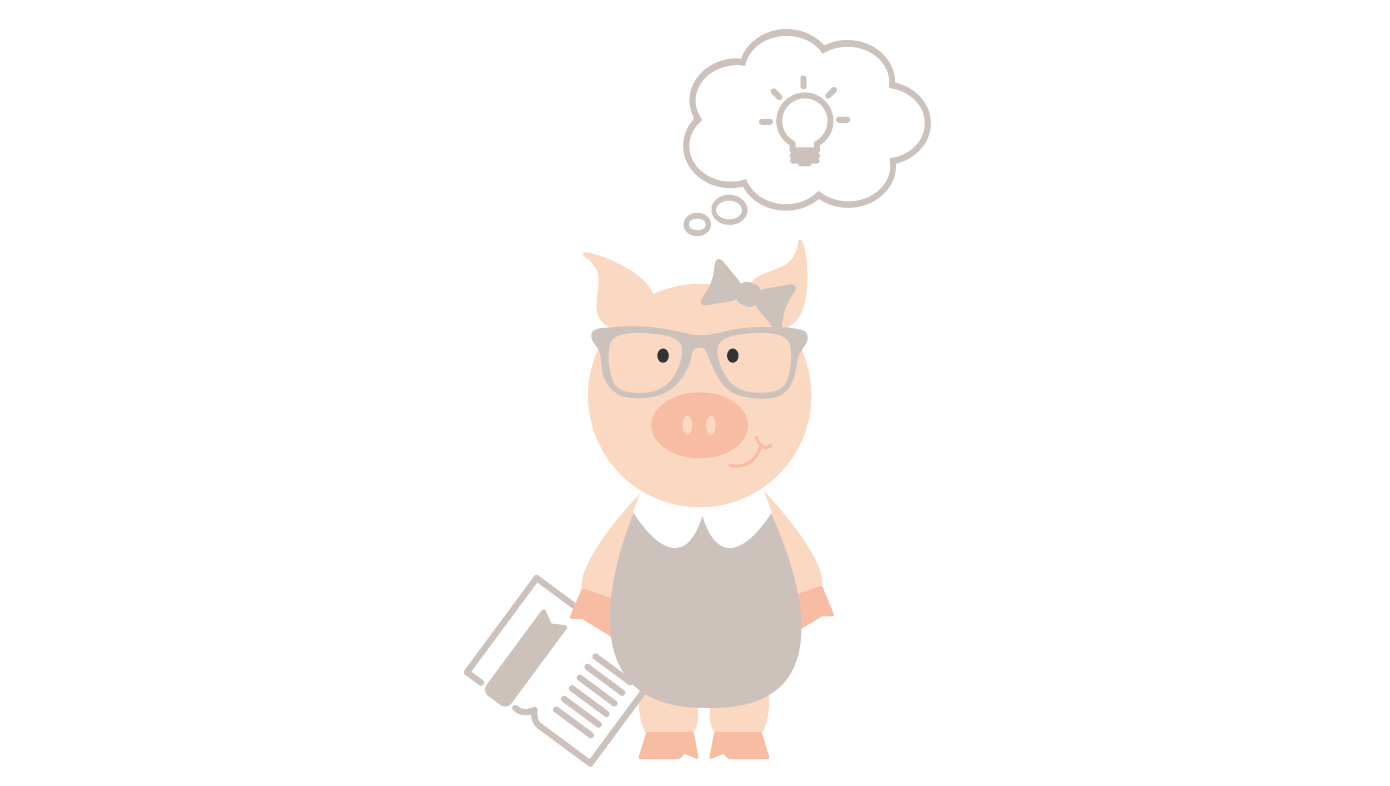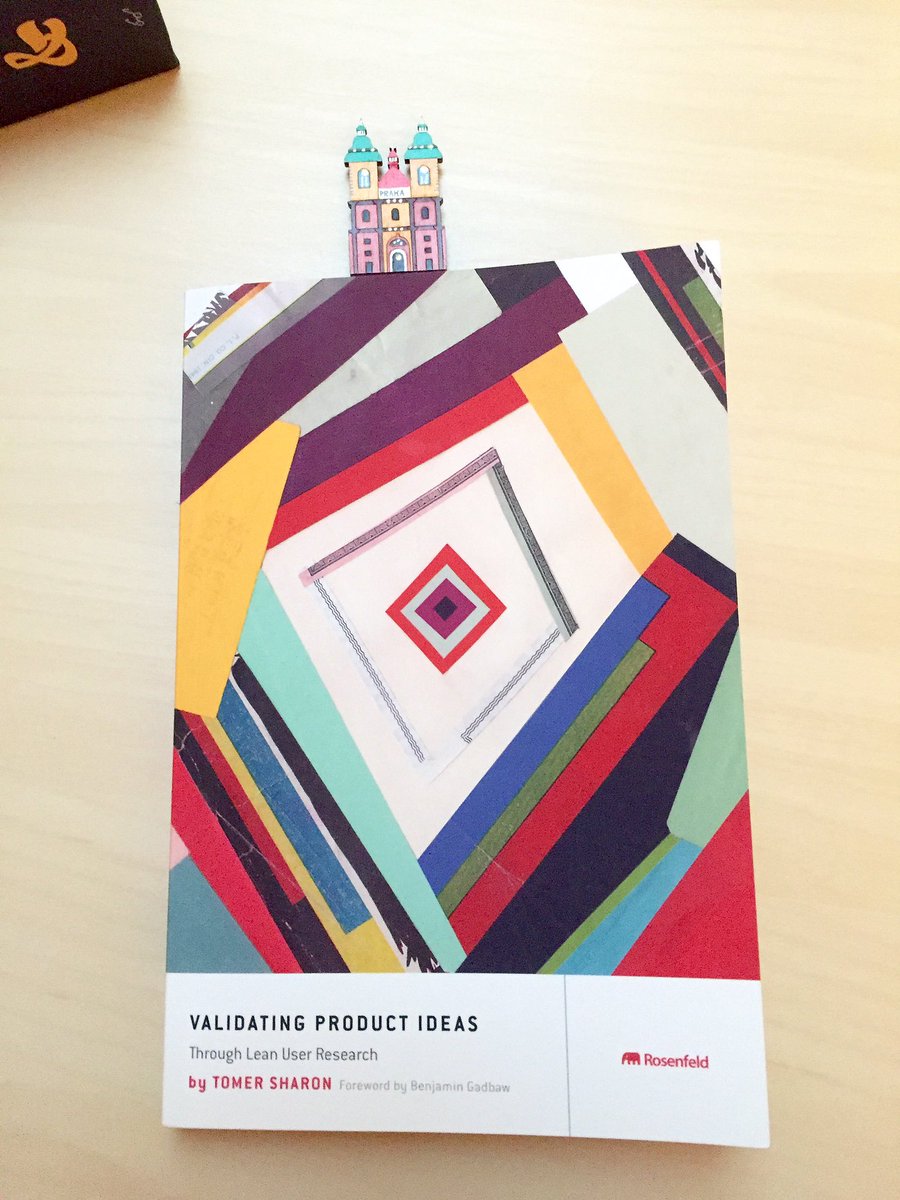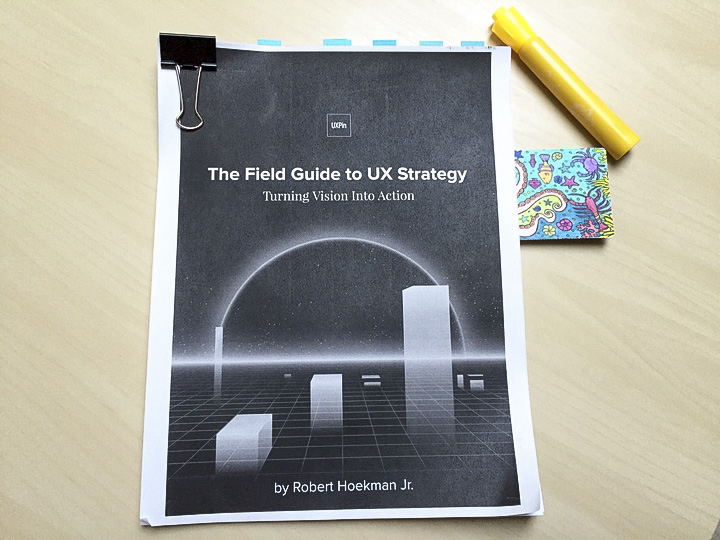07 June 2016
So I’ve been reading a lot of UX books again recently and have been thoroughly enjoying myself for the most part. I find that more and more my focus is shifting back to strategy and research (much like when I was a grant writer—full circle) over visual design with each project I’m on.

Getting back to this work has been lovely. However, it’s easy to often time find myself thinking “I know this isn’t right, but why exactly? How do I then explain exactly why?” The most challenging part of design for me has always been relationships. Communicating design decisions with stakeholders and truly understanding users is something I will always be working towards getting better at and these books have certainly helped.
There have been a few that really stand out as being some of the most useful, practical books I’ve read so far in my career. Many times design/development books can be difficult to push through, honestly; perhaps the subject matter isn’t super relevant at that moment or, to be completely frank, the book ironically isn’t designed well and therefore difficult to read. None of this is the case for the books mentioned in this post.
Here’s a look at the most impactful UX books I’ve read recently, my primary takeaways, and a few of my favorite quotes from each:
Validating Product Ideas by Tomer Sharon is the most recent book I’ve read and by far the most handy and pragmatic.

All too often with projects I join UX has been an afterthought and, directly as a result, things are not moving forward and there’s no clear strategy/vision.
Earlier this year someone told me the following: “We haven’t had a UX person on this yet because we wanted to keep it simple”. I think about these words a lot and this book, to me, speaks directly to why this type of (unfortunately common) thinking makes no sense and how to integrate UX correctly from the start.
It’s organized in such a way that promotes the reader to absorb the information in select bits as needed over requiring cover to cover consumption and that just so happens to be my favorite way to read design books. I need to be able to get information as it’s relevant to me, otherwise it’s impossible to retain.
I also adore that each proposed stakeholder question is followed by a “Why Is This Question Important?” section to really drive the point home but also better prepare you for inevitable client pushback.
So much of the job is asking the right questions and this book speaks directly to what questions to ask and why, as well as what to do with the answers.
Just Enough Research by Erika Hall had me hooked on page four after reading the following: “Businesses and designers are keen on innovation, as well they should be. But the better you know the current state of things and why they’re like that, the better you will be positioned to innovate.” :raised-hands:
It seems that far too often stakeholders are reluctant to spend time examining the existing product and don’t see value in understanding current pain points in more detail. However, it’s essential to learn from them for the next iteration/version. This book helps equip the reader with the tools to standup against such thinking and make an undeniable case for proper research.
So while budgets are always tight, more than anything a project cannot afford to overlook this crucial process.

The most useful chapters for me right now were four and five: “Organizational Research” and “User Research”. An excerpt from chapter five can be found here.
This one is a free ebook by Robert Hoekman Junior. After the first few pages I realized I needed to print this off as a reference. I started out highlighting useful bits but it quickly got out of control.

So much of discovery can rely on intuition; you have a good sense of how things should be and what you need to know but there can be gaps that show themselves later on. This is the missing quickstart manual to the process that every significant project should undergo.
I still have loads of new design books lined up for my summer reading list (and a vacation coming up!) so I will be sure to write another post soon.
Enjoy!